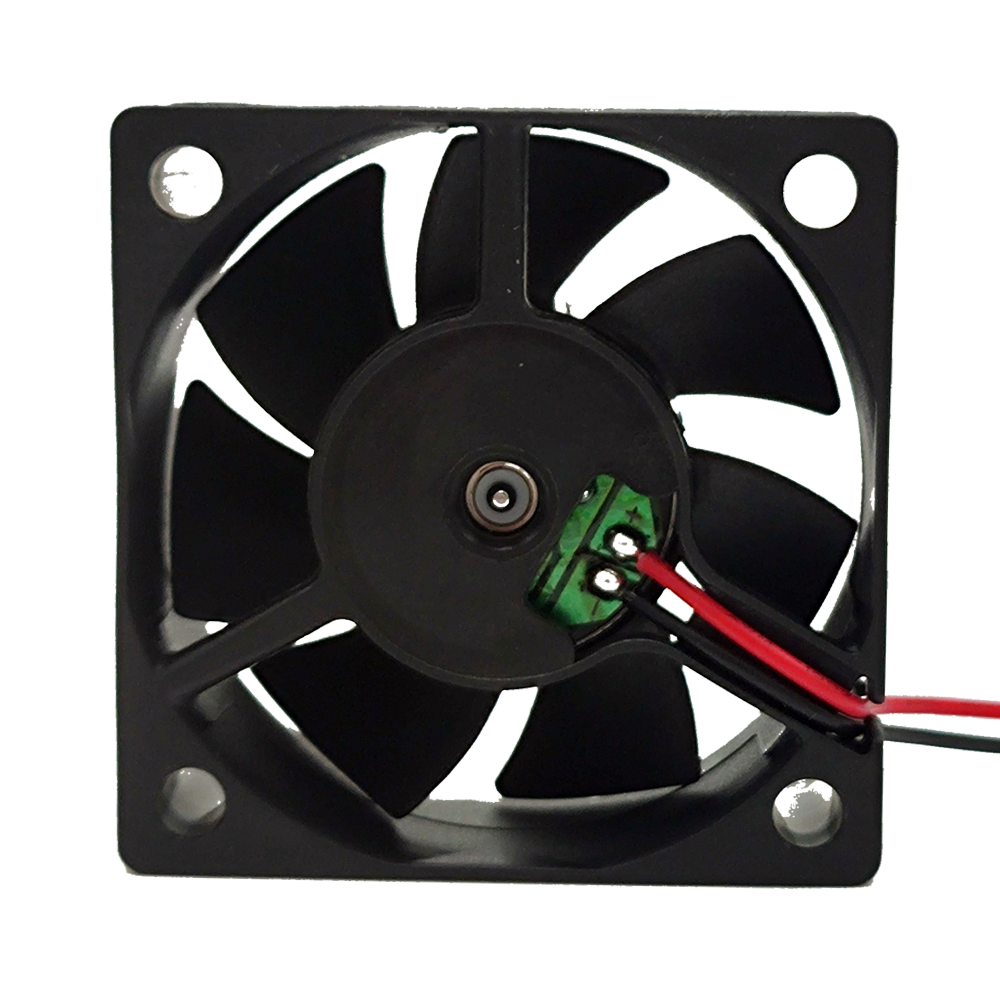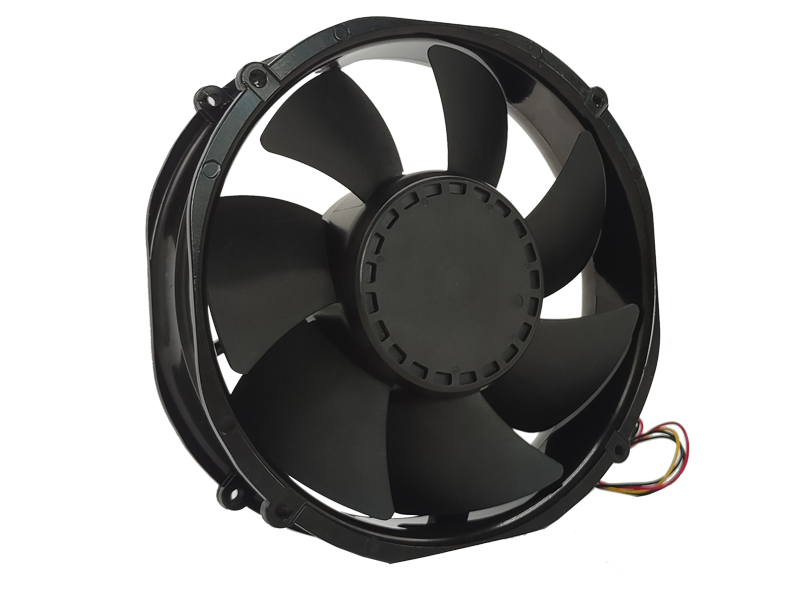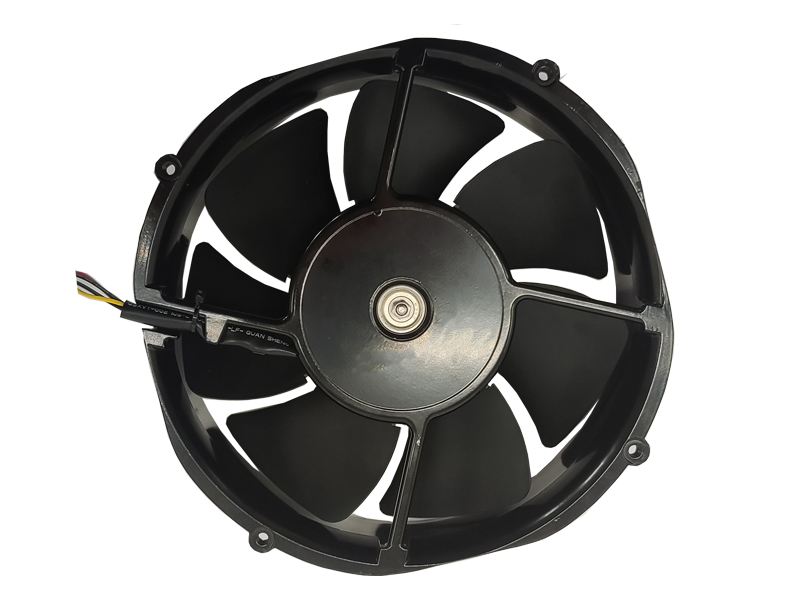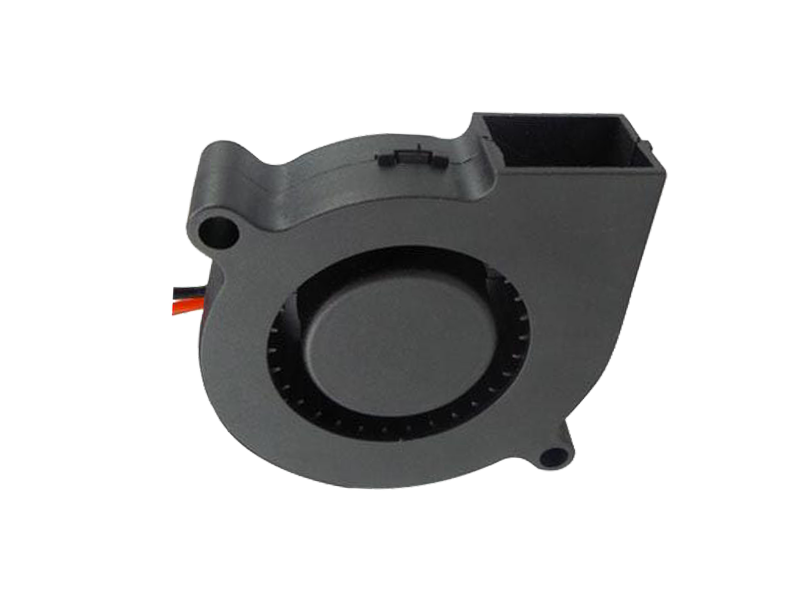Industrial fans are essential components in the ventilation systems of factories, warehouses, and production facilities. They provide the airflow needed for cooling, temperature regulation, and the removal of pollutants, ensuring that operations run smoothly and safely. As industries evolve, so too does the technology behind industrial fans. New advancements in materials, design, and control systems are enabling fans to become more efficient, environmentally friendly, and adaptable to a wide range of industrial applications. This article will explore some of the most recent innovations in industrial fans and how they are transforming ventilation systems.
I. The Evolution of Industrial Fan Technology
Over the past few decades, the design and functionality of industrial fans have undergone significant improvements. What was once a basic mechanical device used to circulate air has now become a sophisticated piece of machinery that plays a key role in energy efficiency, safety, and productivity. Key technological advancements that have shaped the modern industrial fan include:
Variable Speed Drives (VSD): One of the most significant innovations in industrial fan technology is the integration of variable speed drives (VSDs). These drives allow fans to adjust their speed based on the specific needs of the system, ensuring that the fan operates only at the required speed. This results in significant energy savings, as fans do not run at full speed continuously, regardless of the operational demands. VSDs also reduce mechanical stress on the fan components, extending the fan's lifespan and reducing maintenance costs.
Advanced Blade Designs: Advances in aerodynamics have led to the development of more efficient fan blades. Modern fan blades are designed to maximize airflow while minimizing energy consumption and noise levels. By optimizing the shape and material of the blades, engineers can create fans that deliver more airflow with less energy input. For example, fans with backward-curved blades are more efficient in applications where air resistance is higher, such as in HVAC systems or exhaust ventilation.
Noise Reduction Technology: Noise pollution is a significant concern in industrial environments, and noisy ventilation systems can be disruptive to workers and detrimental to health. In response, manufacturers are increasingly focusing on designing fans with noise-reduction features. These innovations include sound-dampening materials, optimized fan blade geometry, and vibration-isolating mounts. The result is quieter operations that improve the working environment and reduce noise-related health issues.
Smart Fan Technology: The advent of smart technology has reached the industrial fan sector, allowing for advanced monitoring and control. Smart fans are equipped with sensors and Internet of Things (IoT) capabilities that enable real-time performance tracking. This technology allows operators to monitor fan speed, airflow, and temperature remotely, providing greater control over ventilation systems. By utilizing predictive maintenance, smart fans can also alert operators when performance begins to degrade, allowing for timely repairs and preventing unexpected downtime.
II. Applications of Innovative Industrial Fans
The latest innovations in industrial fan technology are transforming how fans are used across various industries. These fans are now more adaptable and efficient, making them ideal for a wide range of applications.
Energy-Intensive Industries: In energy-intensive industries like metalworking, cement manufacturing, and chemical processing, industrial fans play a critical role in temperature control and air circulation. The new generation of fans allows these industries to reduce their energy consumption while still providing the necessary cooling and ventilation. Fans with VSDs can adjust to the varying demands of the production process, improving overall energy efficiency.
Data Centers: Data centers house thousands of servers that generate a considerable amount of heat. Efficient cooling is essential to maintaining optimal performance and preventing system failures. Modern industrial fans equipped with smart technology can regulate airflow based on temperature readings, ensuring that the cooling system is operating at maximum efficiency while minimizing energy waste.
Food Processing: In food processing environments, temperature control and air quality are critical to maintaining product safety and quality. Innovative industrial fans help regulate the temperature and humidity levels, ensuring that food products are processed under optimal conditions. Furthermore, fans equipped with advanced filtration systems can remove airborne contaminants, maintaining the integrity of the production environment.
III. The Future of Industrial Fans
As industries continue to evolve, the role of industrial fans will become even more critical. The demand for more energy-efficient, sustainable, and adaptable ventilation systems will drive further innovations in fan technology. Some of the future trends we can expect to see include:

Integration with Renewable Energy Systems: Industrial fans will increasingly be integrated with renewable energy systems, such as solar and wind power. By harnessing renewable energy sources to power fan systems, manufacturers can reduce their carbon footprint and reliance on non-renewable resources.
Further Advancements in Smart Technology: The future of industrial fans will see even greater integration with smart technologies. Fans will become even more intelligent, capable of predicting changes in environmental conditions and adjusting their performance accordingly. In addition, advancements in machine learning and AI will enable fans to operate autonomously, further optimizing energy usage and system performance.
Sustainability and Eco-Friendly Materials: The focus on sustainability will continue to influence the design of industrial fans. Manufacturers will increasingly use eco-friendly materials and design principles to create fans that are not only energy-efficient but also environmentally responsible. For example, recycled metals and biodegradable components may become more prevalent in fan production.
IV. Conclusion
Industrial fans have come a long way from their early days as simple air circulators. With recent innovations in energy efficiency, noise reduction, smart technology, and sustainable materials, modern industrial fans have become essential tools for improving ventilation, reducing energy consumption, and enhancing overall productivity in industrial environments. As technology continues to advance, we can expect industrial fans to become even more efficient, adaptable, and sustainable, playing an even more critical role in the future of industrial operations.
Recommended Products

The main purpose:Car charging station

The main purpose:Car charging station

The main purpose:Electronic refrigerators, water dispensers, direct drinking machines, inverter power supplies
Address:No. 4137, Longgang Avenue (Henggang Section), Henggang Community, Henggang Street, Longgang District, Shenzhen
hotline:13530005572(Chen)15112579390(Li)


Welcome all friends to come for consultation and negotiation.
Copyright 2024 @ Shenzhen Youneng Xinyuan Electronics Co., Ltd.,(industrial fans,industrial blowers,axial fans,cooling fans manufacturer,centrifugal fans,ac cooling fans,dc cooling fans)